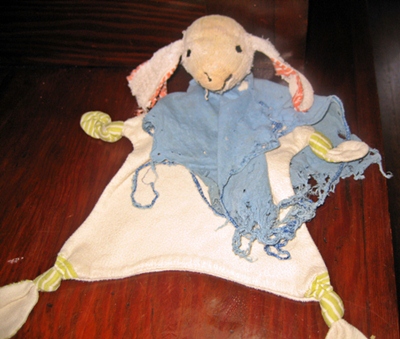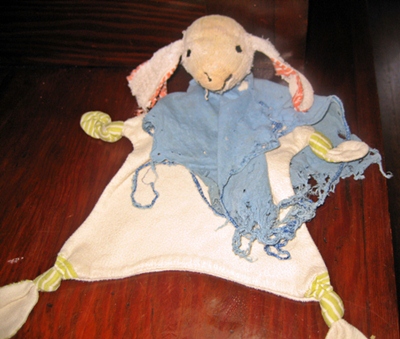Lately, both of my girls have taken to calling my youngest, Lila, “Lilita.” Although they do not attend a bilingual Spanish preschool, two of the three teachers are native Spanish speakers. While they have Spanish class on Fridays, the influence of Spanish extends beyond the songs and words they learn on that day. The Spanish diminutive has crept into their English vocabulary with ease.

In the past few weeks, lamby has been reborn as “lambita.” From a language perspective, my kids’ ability to incorporate and use the Spanish diminutive appropriately, especially when their primary language environment is English (and Arabic to a lesser degree), is fascinating. The other morning at breakfast, they asked for “honeyita” for their pancakes. My husband is now feeling a little envious they don’t integrate Arabic language-isms with such fluidity. Lambita provides an interesting window into understanding how much the languages that they are exposed to in the dominant language environment (school) impact their language development. My oldest has also started to express a real interest in learning Spanish, which has me very excited but also full of questions–should I switch my language to Spanish since I am capable of teaching her? Am I prepared and do I have the energy to make that change in our household? These are the things I am contemplating. While it would be amazing if my girls actually knew enough Spanish to say mielecita and ovejita, I am all for honeyita and lambita for the moment.





































What a great story! Often we have to trust that the exposure to languages and cultures is impacting our children. We know it is, but It’s not always easy to see (or hear). This is a wonderful, tangible example!
We’ve discussed your site for the duration of my social assistance systems!